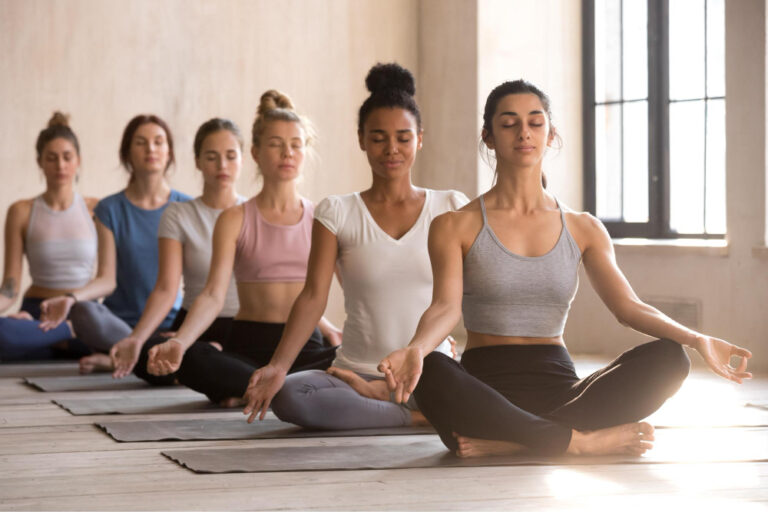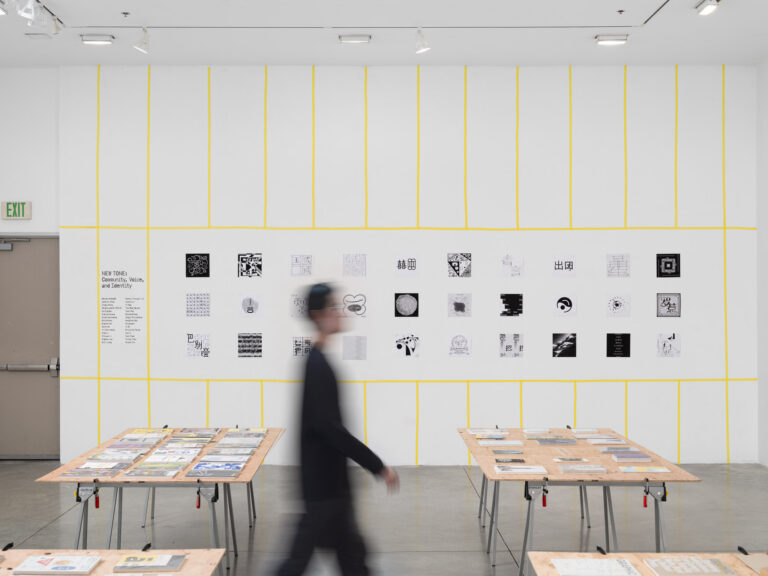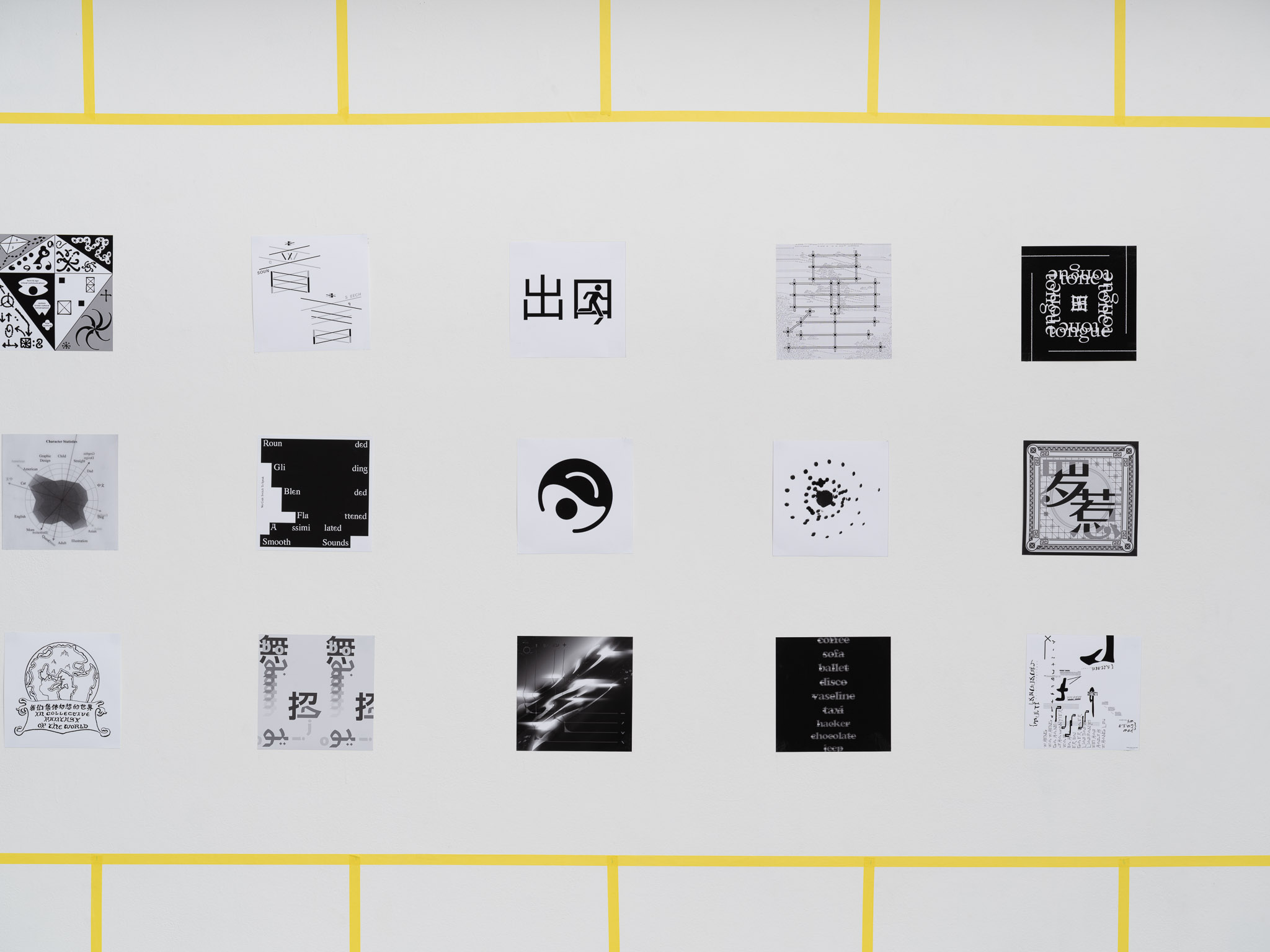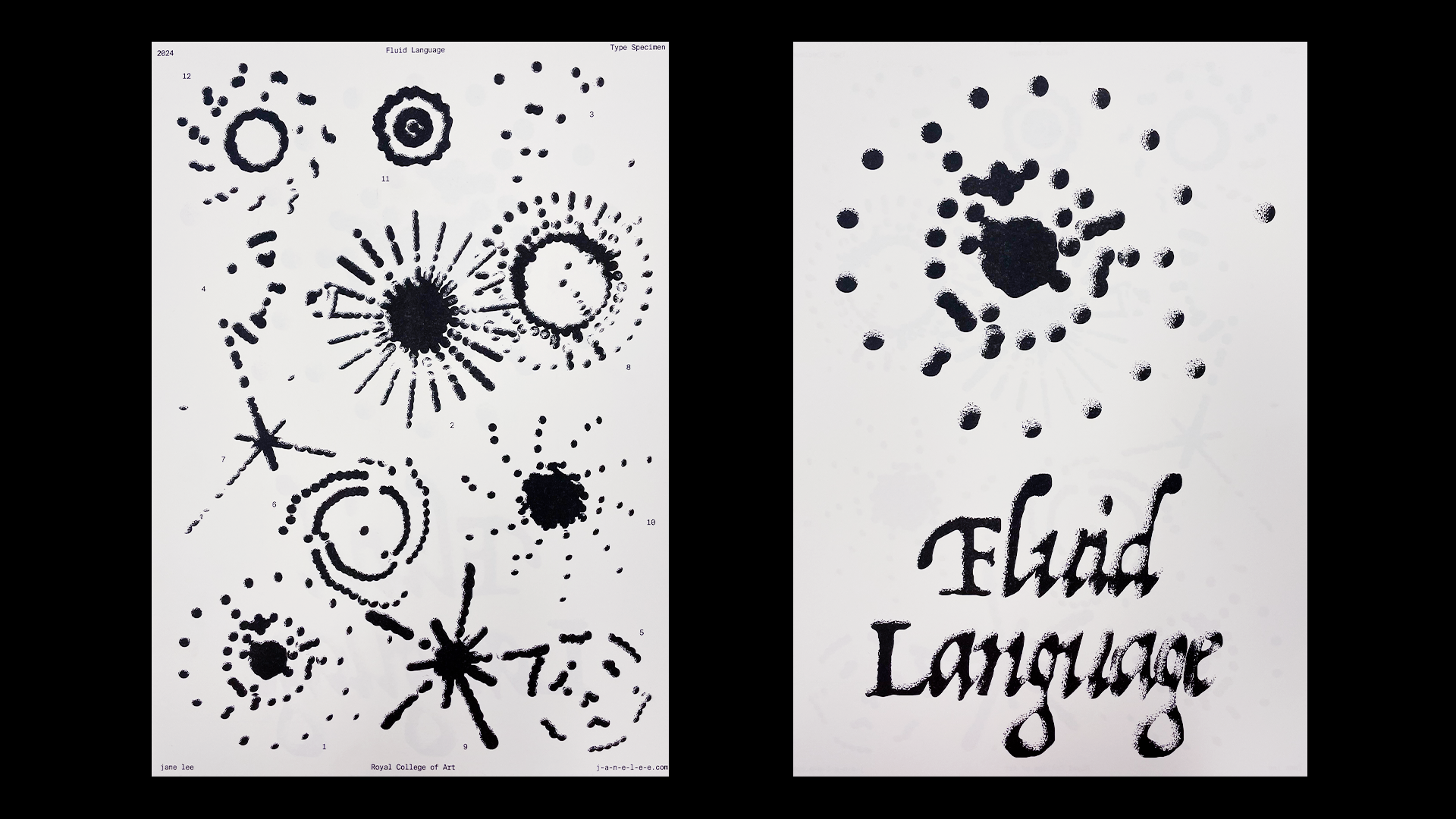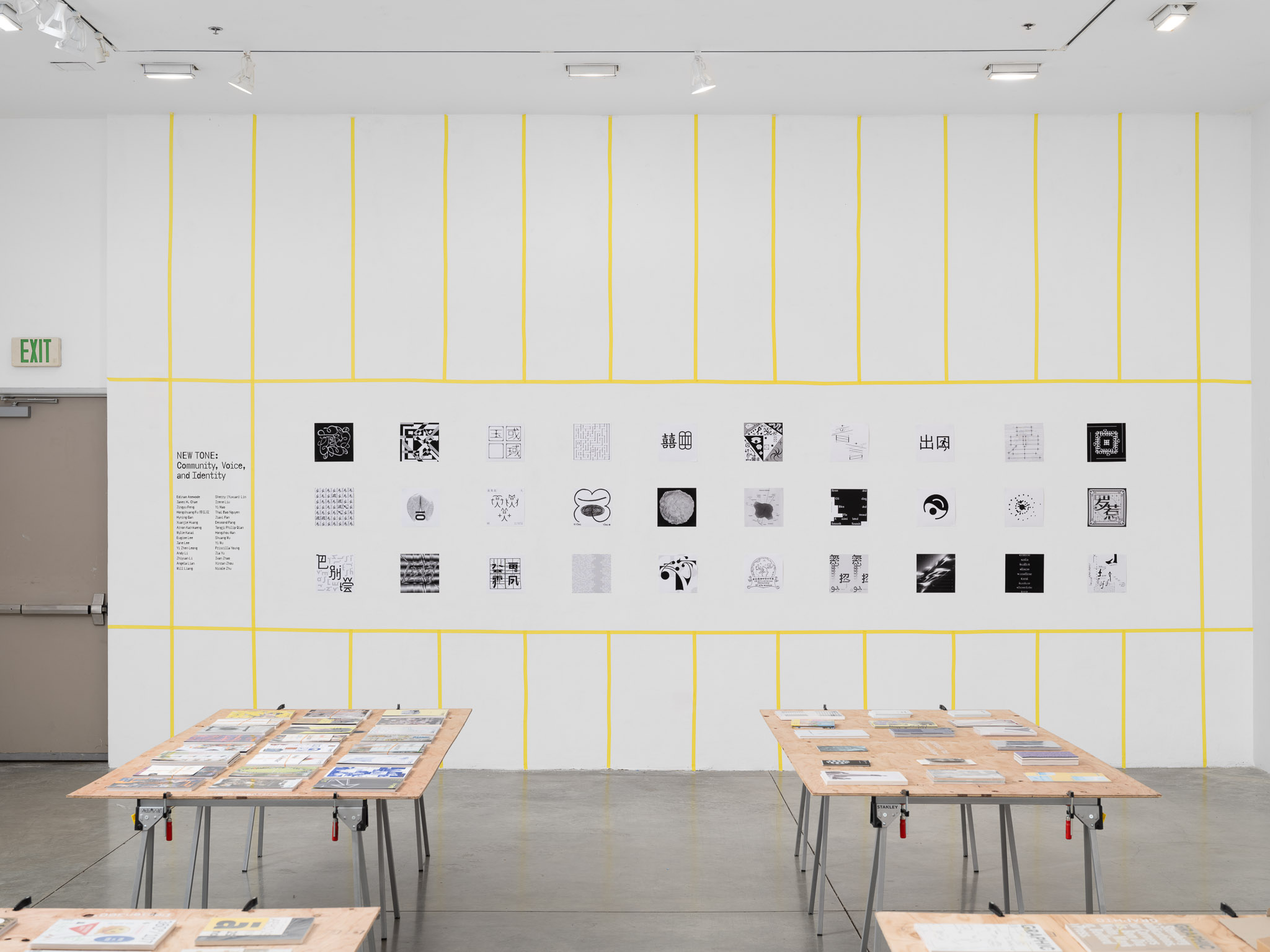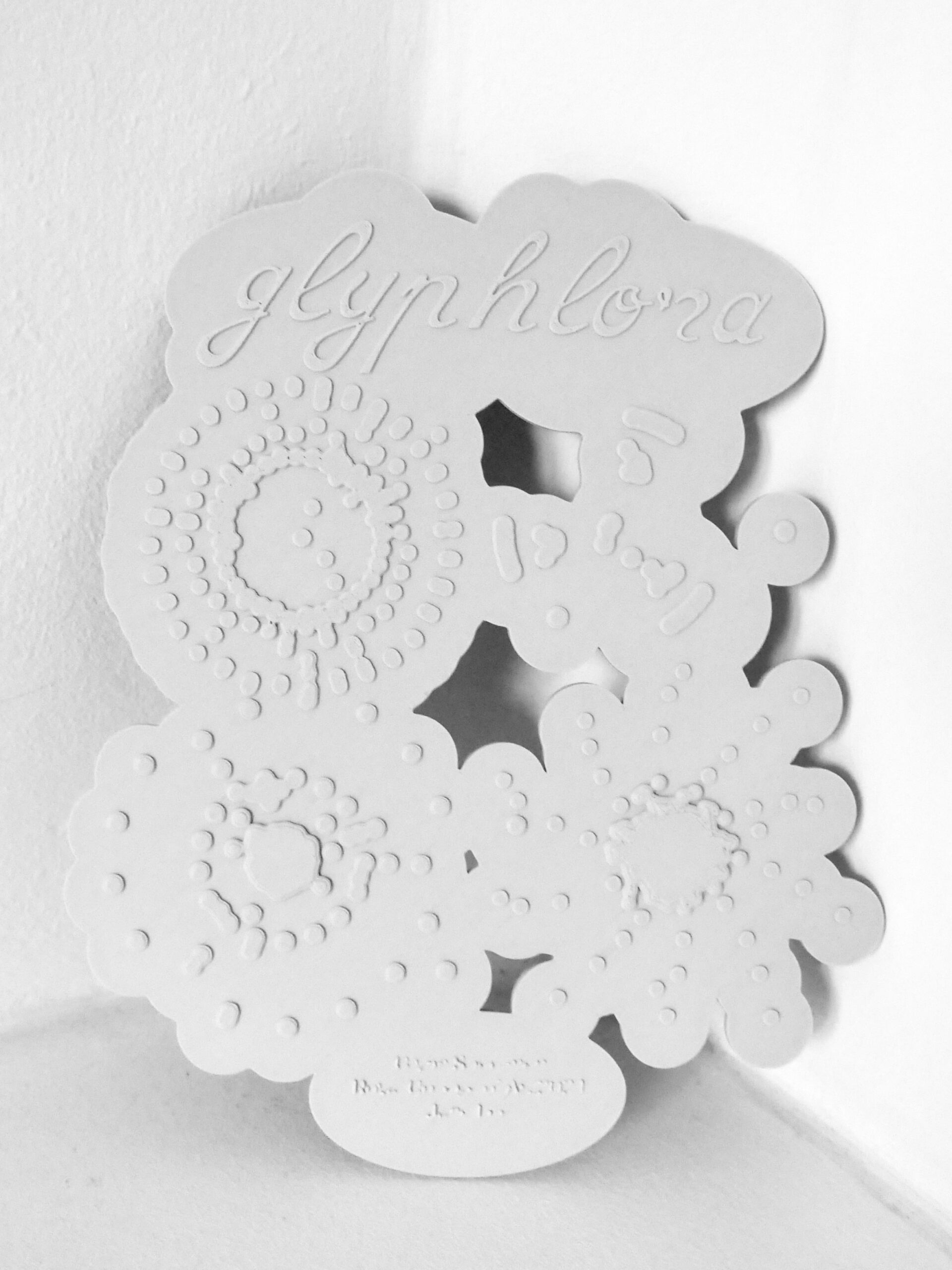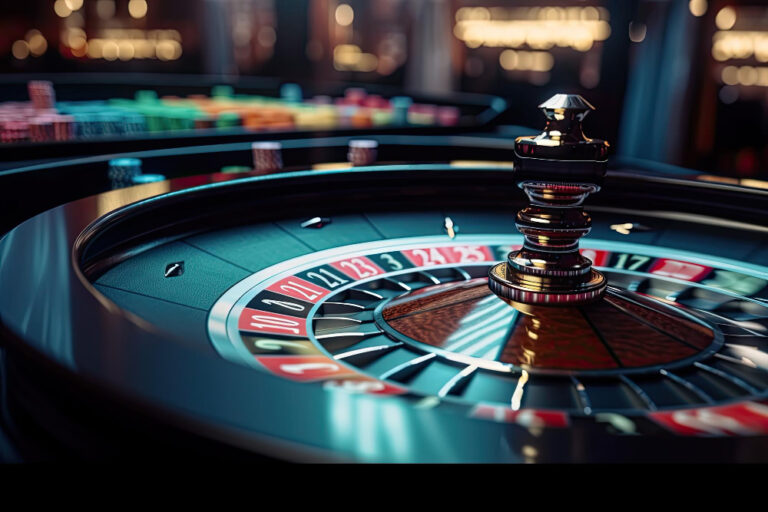Dubai moves fast. You don’t have to. This yoga studio in Dubai is built for women who want control — a place where you decide the pace, the mood, and the way you move.
The city is loud and crowded; this studio isn’t. Here, innovation feels simple: intentional classes, focused coaching, and clean, modern spaces that work like a mental “reset” button after a long day.
You’re not locked into one style or one level. You choose how you show up — slow, strong, curious, or tired — and the practice adapts. No tests. Just real freedom to explore what feels good in your own body.
Step into soft lighting, quiet air, and uncluttered design. The rhythm is calm, the energy steady, and every breath feels like a small win against the rush outside.
A Concept Built on Simplicity
This studio’s philosophy is beautifully pared back: move properly, build strength gradually, and give your mind the same care you give your muscles. Forget the dramatic rituals and over-the-top yoga theatrics — everything here is grounded, smart, and genuinely warm.
Each session follows a rhythm your body quickly learns to trust: a grounding warm-up, a structured flow, purposeful strength or mobility work, and a slow, deliberate cool-down. That steady progression keeps improvements sustainable rather than rushed.
The space itself echoes the method. Neutral tones, neatly arranged props, gentle acoustics, and consistently fresh airflow create a modern calm that holds your focus. Every element is intentional — a quiet invitation to stay present.
What the Class Schedule Looks Like
Morning and evening sessions match Dubai’s typical routine, offering enough variety to meet your mood without overwhelming your calendar. Whether you’re craving energy, alignment, recovery, or silence, there’s always a class that fits.
Here’s a look at the signature sessions:
| Class | Focus | Good For |
| Vinyasa Flow | Breath-linked sequences | Energy boosts, building fluid strength |
| Hatha Basics | Alignment & foundational postures | Beginners, posture correction |
| Power Yoga | Strength with pace | Calorie burn, resilience, muscle tone |
| Yin & Restore | Deep stretching & stillness | Stress relief, recovery days |
| Yoga Sculpt | Light weights + yoga | Full-body conditioning |
| Mobility Yoga | Flexibility & joint care | Desk workers, soreness, stiffness |
Every instructor keeps class sizes intentionally small, tuning into your breathing, posture, and tempo with precision. It’s personal without being pushy — just honest, attentive coaching that helps you move better from the very first session.
A Closer Look at Flagship Sessions
Some classes reshape how women relate to their bodies — and these deserve a deeper spotlight.
Vinyasa Flow: The Moving Meditation
This uplifting class links movement with breath, creating a soft, rhythmic strength. It’s energising yet beginner-friendly, helping you improve coordination, shoulder mobility, and mental focus. Think of it as a grounding tool you carry into the rest of your day.
Power Yoga: Confidence Through Strength
If you think yoga is always gentle, this class will change your mind. Expect planks, lunges, balance holds, and controlled transitions — all delivered in a smart, efficient sequence. It’s the perfect choice for women who want strength without weights.
Yin & Restore: The Antidote to Dubai’s Pace
Long, supported holds melt tension from deep tissues while soothing the nervous system. This class is a sanctuary for anyone balancing demanding jobs, intense workouts, or stress-heavy weeks.
Personalised Yoga Guidance
When group classes feel too quick or too social, personal yoga coaching offers quiet, focused support. Sessions begin with a straightforward assessment — posture habits, mobility limits, breathing patterns, and strength imbalances.
From there, your instructor shapes a tailored progression plan. It may include:
- Alignment corrections.
- Breathwork techniques.
- Tailored mobility sequences.
- Strength blocks for core, hips, or back.
These one-on-one sessions blend seamlessly with group classes, giving you structure with flexibility. Many coaches speak both English and Russian, making feedback crystal clear if you prefer straightforward cues.
Why Women Love This Studio
More than the classes, it’s the atmosphere that wins people over. There’s no pressure to perform, no glam culture, no competition — just women moving with intention.
Below is a simple look at why this studio stands out in Dubai’s wellness scene:
| Feature | Why It Matters |
| Women-only environment | Privacy, comfort, supportive energy |
| Small class sizes | Real corrections, no overcrowding |
| Intelligent programming | Progress without burnout |
| Modern but minimal space | Clear mind, focused practice |
| Practical perks | Lockers, showers, all props provided |
| Russian-speaking coaches available | Clear, direct cueing |
The overall feel is warm but not showy, social but never loud. You arrive, breathe, move, and walk out feeling steadier than before.
Booking, Scheduling & Membership
Booking is handled through the studio’s website or app, where you can check class availability, instructor names, and real-time spots. Early mornings suit the disciplined starters; evenings work beautifully after a long day. Weekends bring a softer, balanced schedule.
New members can begin with a single trial class to get a feel for the studio. After that, you can choose class packs based on your weekly rhythm or upgrade to larger bundles as your routine grows. For unpredictable schedules, single drop-ins keep things flexible.
Personal coaching blocks fit into any membership and often include monthly check-ins, progress reviews, and occasional technique videos.
Facilities & Details That Matter
Lockers, spotless showers, mats, blocks, straps, bolsters — everything is ready for you. Just bring comfortable clothing or grip socks if you prefer extra traction. The equipment is well-maintained, and the ambience stays calm by design. Music remains at a supportive volume so you can follow cues without strain.
A small but meaningful detail: instructors often use your name during corrections. It keeps the experience personal without feeling intrusive.
The Essence
This yoga studio doesn’t rely on flash or trends. It stands out because it honours your time, energy, and need for grounding. With clear coaching, a calming space, and a schedule that respects real life, it helps you build strength and stillness in equal measure.
You show up, breathe, move — and week after week, those simple moments reshape how you feel in your body.
If you’re looking for a yoga space in Dubai that feels supportive rather than intimidating, structured rather than chaotic, this studio delivers exactly that: modern, warm, and quietly transformative.
